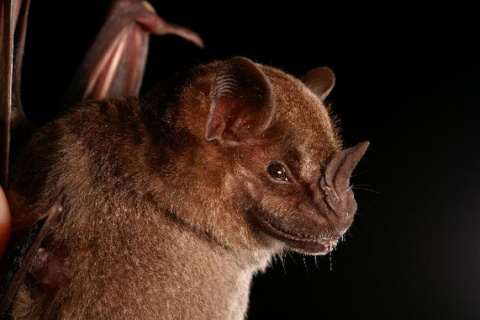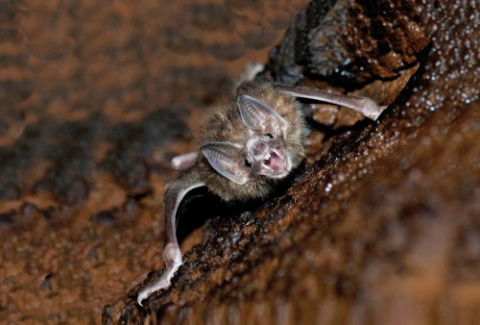Zoología
What do the red 'ornaments' of female macaques mean?
Noticia en inglés
Many human cultures associate the colour red with sexuality and fertility. Among nonhuman primates too, red skin coloration is thought to contribute to sexual attractiveness. Indeed, in certain species, females are drawn more to the most colourful males.
Yet the link between female coloration and attractiveness has been the subject of less investigation. So researchers from the CNRS, Kyoto University, and New York University looked at Japanese macaques to address this question. During their reproductive season, from November to February, both male and female macaques present redder faces and hindquarters.
The scientists demonstrated that, contrary to what had been assumed for several years, such colour variations among female macaques do not precisely indicate the time of ovulation. On the other hand, dominant female macaques, who usually have greater reproductive success, have darker hindquarters.
To reach these conclusions, the research team studied 12 female macaques at the Kyoto University Primate Research Institute over a three-month period. Using photographs taken every two days, the scientists developed a model of macaque visual perception to determine which colour variations these primates were able to detect. Their findings have been published in Behavioral Ecology and Sociobiology. (Fuente: CNRS)
![[Img #56369]](https://noticiasdelaciencia.com/upload/images/07_2019/9622_206640_web.jpg)
These are Macaca fuscata females monitored during the study. (Credit: Lucie Rigaill)



